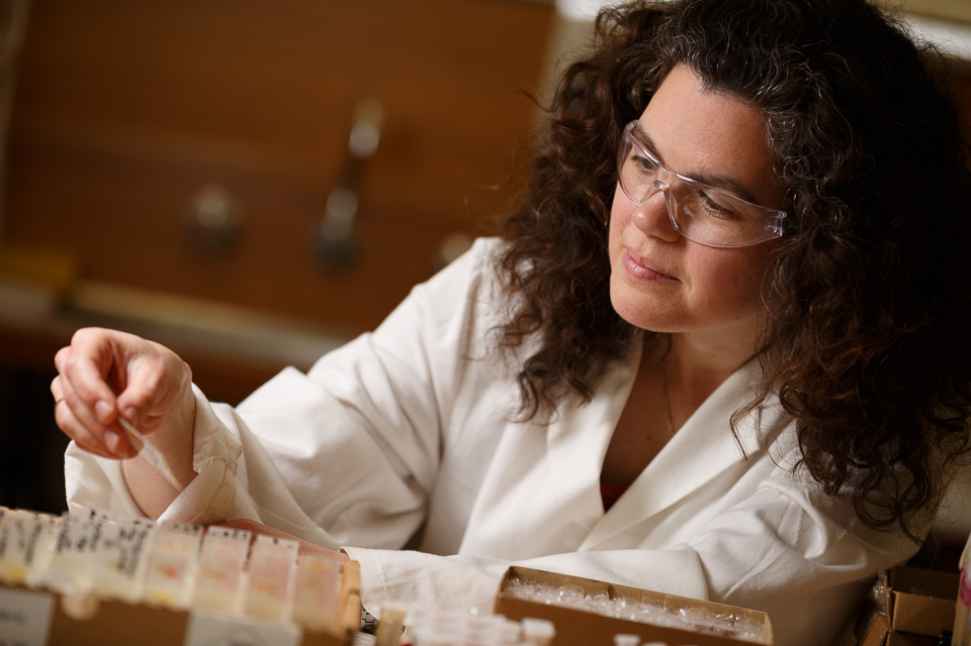Chasing the ochre trails
In a magnificent fusion of modern technology and ancient culture, AINSE Senior Research Fellow Rachel Popelka-Filcoff is using nuclear spectroscopy to examine the origins of ochres used in Aboriginal objects to help develop an understanding of the ancient routes of ochre exchange.
A far cry from the traditional archaeological methods, Dr Popelka-Filcoff, the President-Elect of the International Society for Archaeological Sciences, uses radio-analytical and spectroscopic methods such as neutron activation analysis (NAA) and X-ray fluorescence microscopy (XFM) to unravel the stories of the ochre trade.
Ochre is an iron oxide pigment naturally occurring in a range of red, brown, orange and yellow colours across Australia, and has featured in Aboriginal art for thousands of years.
Dr Popelka-Filcoff is examining the types of ochre used on boomerangs, shields and bark paintings, and matching it to the elemental composition of known ochre sources across the country. By examining the artefacts and researching the chemical and physical characteristics of the pigments, she can piece together key points in the ancient ochre exchange routes.
“Ochre is a very culturally important material and because of that, people would travel to various sites to mine the material and would exchange their ochre with different groups,” Dr Popelka-Filcoff said.
“Since European contact many of these exchange routes have disappeared, but through chemical analysis of objects, drawing together experts in chemistry, physics, art and archaeology, we can start to piece them back together.”
“Understanding how ochre changed hands is an important area of knowledge about our culture that has previously been lost and can be recovered by connecting the analytical data with the cultural importance of objects treated with ochre.
“We have the chance to reconstruct a really fascinating part of our culture.”









